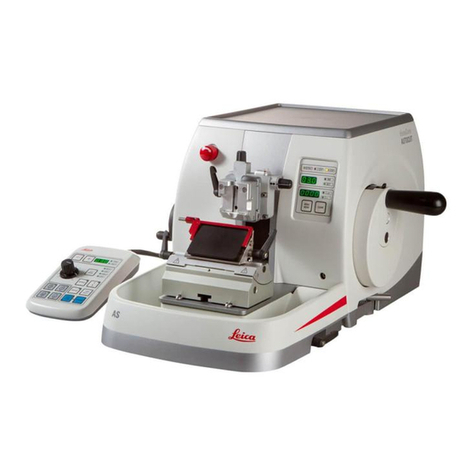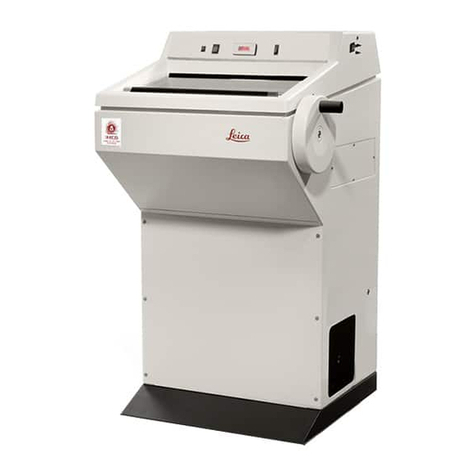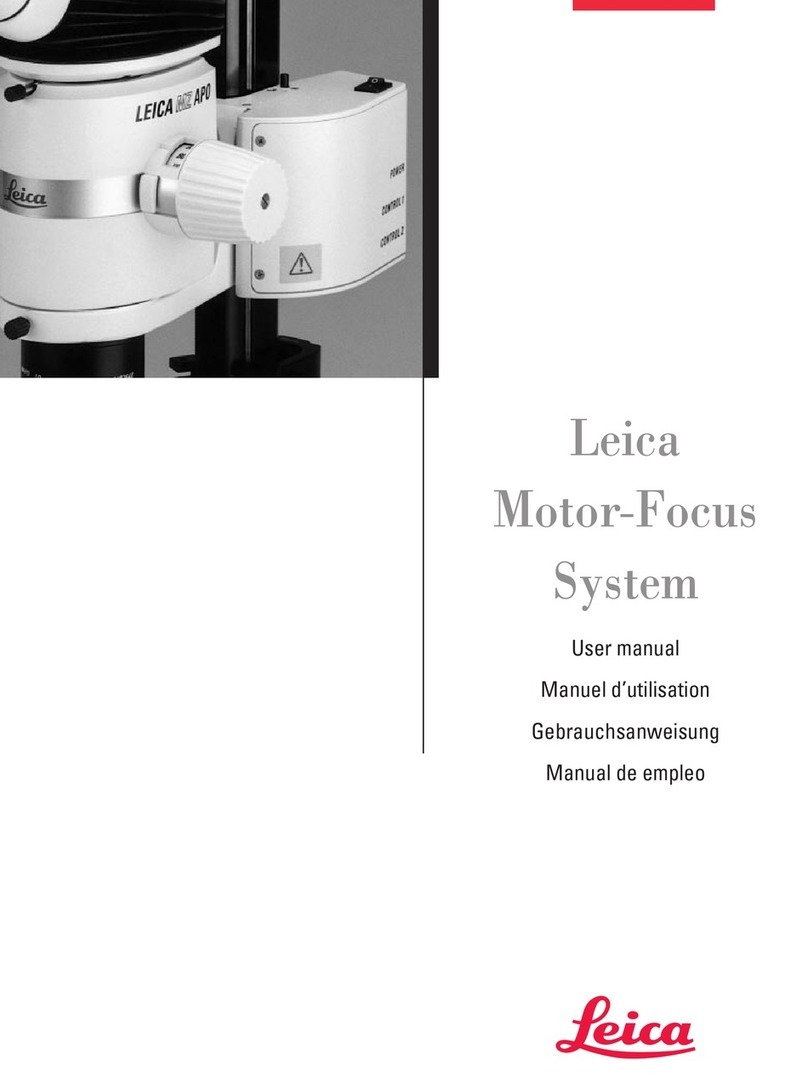
4Version 2.6, Revision J
Table of Contents
1. Important Information ................................................................................................................................ 6
1.1 Symbols in the text and their meanings....................................................................................................... 6
1.2 Qualification of personnel.............................................................................................................................. 8
1.3 Intended use of instrument............................................................................................................................ 8
1.4 Instrument type................................................................................................................................................ 8
2. Safety ............................................................................................................................................................ 9
2.1 Safety Notes..................................................................................................................................................... 9
2.2 Warnings........................................................................................................................................................... 9
2.3 Integrated safety devices............................................................................................................................. 11
3. Instrument components and specifications ........................................................................................ 14
3.1 Overview — instrument components ........................................................................................................ 14
3.2 Instrument specifications............................................................................................................................. 15
3.3 Technical Data............................................................................................................................................... 16
4. Instrument Setup....................................................................................................................................... 18
4.1 Installation site requirements...................................................................................................................... 18
4.2 Standard delivery........................................................................................................................................... 18
4.3 Unpacking and installation........................................................................................................................... 19
4.4 Inserting the specimen clamp..................................................................................................................... 21
4.5 Direct mounting of the specimen clamp on the specimen holder fixture............................................ 22
4.6 Attaching the knife holder base, non-orientable ..................................................................................... 23
4.7 Inserting the knife holder, non-orientable................................................................................................. 24
5. Operation.................................................................................................................................................... 25
5.1 Clamping the specimen ................................................................................................................................ 25
5.2 Clamping the knife / disposable blade ....................................................................................................... 25
5.3 Adjusting the clearance angle .................................................................................................................... 26
5.4 Specimen retraction (specimen orientation)............................................................................................ 27
5.5 Orienting the specimen (only a directional specimen holder fixture) .................................................. 28
5.6 Cutting (trimming) the specimen................................................................................................................. 29
5.7 Sectioning....................................................................................................................................................... 32
5.8 Changing specimens..................................................................................................................................... 33
5.9 Accessories.................................................................................................................................................... 33
5.9.1 Standard specimen clamp (optional) ......................................................................................................... 33
5.9.2 Vee insert (optional)...................................................................................................................................... 34
5.9.3 Foil clamp Type 1 (optional) ......................................................................................................................... 34
5.9.4 Universal cassette clamp (optional)........................................................................................................... 36
5.9.5 Round specimen holder (optional).............................................................................................................. 37
5.9.6 Knife holder base........................................................................................................................................... 38
5.9.7 Knife holder N/NZ.......................................................................................................................................... 39
5.9.8 Knife holder E/E-TC........................................................................................................................................ 41
5.9.9 Knife holder E ................................................................................................................................................. 42
5.9.10 Overview – accessories............................................................................................................................... 47



















































